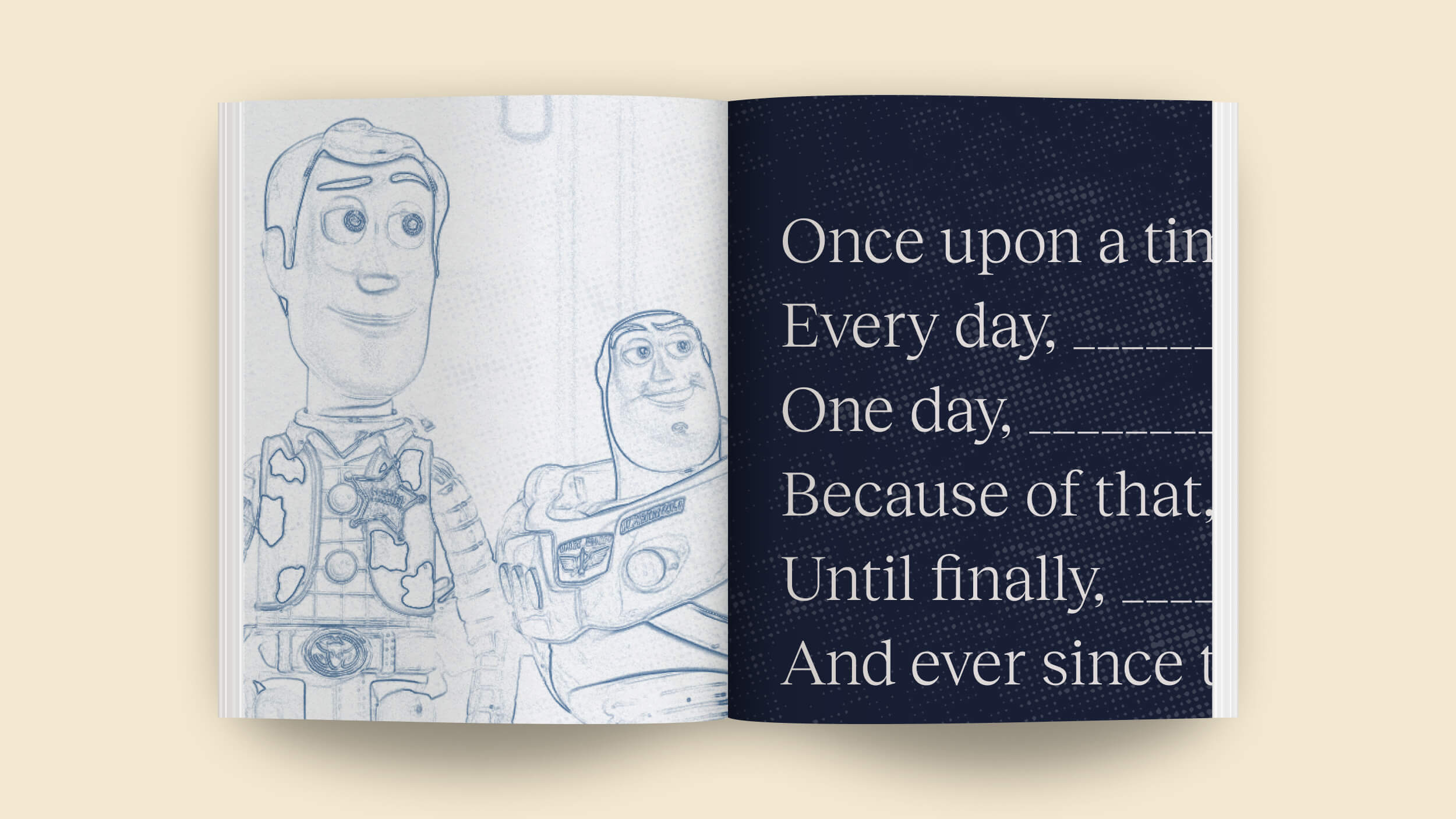Not remotely cool: The science of “Zoom fatigue”

- The cognitive load of online meetings eats up your capacity to think.
- Working from home merges a life of previously demarcated areas into one amorphous mass.
- Because video meetings, email, and texting feel qualitatively different from face-to-face talk, we weigh them as less meaningful.
During lockdowns everyone had to deal with issues ranging from noise, interruptions, and the stress of multitasking to isolation, uncertainty, and the disappearance of comforting routines. These interfered with the ability to focus. The brain can spend energy trying to filter out distractions, but at a high cost, particularly for those already sleep deprived or overwhelmed. One couldn’t be vigilant about the pandemic or the latest political kerfuffle and still get things done as efficiently as before. Only a few months into 2020, “Zoom fatigue” became a discussion topic. Most complaints were about sound or video dropping out because of poor connectivity. But video callers speak about 15 percent louder than they do in person, need effort to focus and shift attention while looking on-screen at a dozen or more participants, and must constantly gauge whether they are coming across as engaged. All this requires extra emotional effort compared to face-to-face conversation. As a result, virtual meetings went from novelty to a source of exhaustion.
The cognitive load of online meetings eats up your capacity to think, too. When face-to-face we process a slew of signals without having to consciously think about them: facial expression, gesture, posture, vocal tone and rhythm, and the distance between speakers. We read body language and make emotional judgments about whether others are credible or not. This is easy to do in person, whereas video chats force us to work to glean the same cues. This consumes a lot of energy. Recall that compared to electronic devices, the human brain operates at ridiculously slow speeds of about 120 bits (approximately 15 bytes) per second. Listening to one person takes about 60 bits per second of brainpower, or half our available bandwidth. Trying to follow two people speaking at once is fairly impossible for the same reason multitaskers fare poorly: attempting to handle two or more simultaneous tasks quickly maxes out our fixed operating bandwidth.
As attention flags, we fatigue. Yet it is the audio gaps, not the video, that makes Zoom sessions draining. All languages have clear rules for conversation that assure no overlap but no long silences. Online meetings disrupt that convention because the separate sound and video streams are chopped into tiny digital packets and sent via different pathways to the recipient’s end where they are electronically reassembled. When some packets arrive late the software must decide whether to wait to reassemble them — causing a delay — or stitch together whatever packets are available, giving rise to stuttering audio.
Video conferencing platforms have opted to deliver audio that arrives quickly but is low in quality. Platforms aim for a lag time of less than 150 milliseconds. Yet that is long enough to violate the no-overlap/no-gap convention to which speakers are accustomed. A round-trip signal can take up to 300 milliseconds before one gets a reply, a pause that makes speakers seem less convincing and trustworthy. Repeatedly having to sort out talking over one another and who goes first is also tiresome and draining to everyone on the call.
Speaking by telephone takes comparatively less effort because we can concentrate on a single voice. We can pace about during the call if we want to, which helps thinking. The simple act of walking is well proven to aid problem solving and creativity. An office provides an abundance of locations for conversation, and every physical location in which we engage coworkers carries implicit meaning that colors decisions and the way we think. Working from home merges a life of previously demarcated areas into one amorphous mass shaded with domestic associations. This, along with the temptation to multitask, degrades your ability to think.

The mental strain of having to look at oneself over hours of Zoom meetings results in what Stanford University psychologists call “mirror anxiety,” while “Zoom dysmorphia” describes a user’s anxiety about dark circles, wrinkles, or bad hair. From a sample of 10,322 subjects, 14 percent of women felt “very” or “extremely” fatigued after Zoom calls, compared to only 6 percent of men. The researchers devised a Zoom and Exhaustion Fatigue scale to assess how serious the problem felt across five dimensions of fatigue: general, social, emotional, visual, and motivational (readers can test how susceptible they are at bit.ly/332zRaS). In addition to mirror anxiety, more women than men felt trapped: they took fewer breaks and felt obligated to hover within the camera’s frame. Established research tells us that looking in a mirror raises self-consciousness and self-criticism about one’s appearance. In what sounds like a good idea, researchers suggest making some meetings audio-only as a way to “reduce the psychological costs, especially given that these costs are born unequally across society.”
Jeremy Bailenson, founding director of Stanford’s Virtual Human Interaction Lab, likens our sudden immersion in videoconferencing to spending an entire workday holding a mirror in our hand.
Videoconferencing has not surprisingly contributed to the “Zoom boom” spike in cosmetic surgery consultations, up 64 percent from the pre-pandemic baseline according to the American Society of Plastic Surgeons. Jeremy Bailenson, founding director of Stanford’s Virtual Human Interaction Lab, likens our sudden immersion in videoconferencing to spending an entire workday holding a mirror in our hand. “Zoom users are seeing reflections of themselves at a frequency and duration that hasn’t been seen before in the history of media and likely the history of people.”
The relationships we forge in communal workspaces are often highly meaningful. In Someone to Talk To, Harvard sociologist Mario Small notes that we are more likely to discuss important matters with people who are readily available than with family members or friends with whom we are emotionally close. Work is where many engage in the bulk of their social interactions, making it feel natural to turn to colleagues when the need arises. “Access equals [having] confidants,” he says. When people work from home, these casual interactions either do not happen or else must be scheduled — thus interfering with the timeliness of what we feel the need to discuss. And because Zooming, email, and texting feel qualitatively different from face-to-face talk, we also weigh them as less meaningful.





